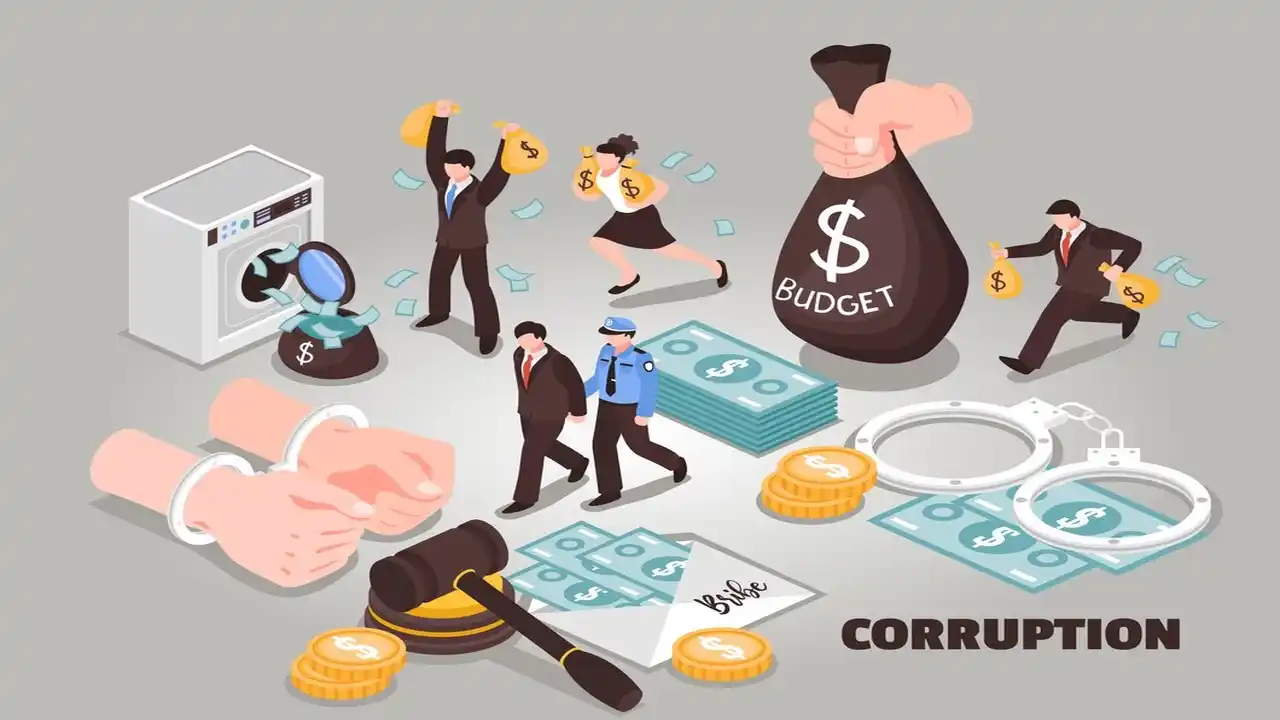Laundering is the process of inventing the origin of monies obtained fraudulently so that they appear to come from a genuine source. The “cleaning” of the money requires subjecting it to a series of unique monetary transactions in order to get the intended effect. Concealing cash sources by placing them in corporate entities, labeled as “sales revenue.” Money laundering is a standalone criminal activity. “Anti-Money Laundering” (AML) encompasses policies, processes, and tools to prevent illicit money activities. AML is deployed in key financial institutions and government networks to detect potential fraud. This page discusses anti money laundering types in detail.
The Financial Action Task Force (FATF) is responsible for the development of anti-money laundering measures. Following the events of September 11, 2001, the Financial Action Task Force (FATF) expanded its scope to include monitoring efforts as well as its initial focus on counter-terrorism financing. Bitcoin has recently received increased interest due to its anonymous capabilities, prompting additional investigation into the digital currency. This now allows thieves to run their business in a way that decreases the risk they incur.
Anti Money Laundering Types
The term “money laundering” refers to the practice of concealing or otherwise obscuring the source of illegally obtained funds. The goal of money laundering is to channel illegally obtained cash into the legitimate financial system in such a way that no trace of the initial illicit transaction from which they originated remains. Money laundering is commonly tied to illegal activities like narcotics trafficking, embezzlement, tax fraud, gangs, and human trafficking. Take a look at these anti money laundering types to expand your knowledge.
Casino Money Laundering
“Money Laundering Through Casinos and Gambling” conceals the origin of unlawfully acquired funds. Moreover, casinos may reward individuals in illegal operations or use gambling tools for transporting illicit money.
Cybercrime & Online Money Laundering
The term “The Growing Threat of Cybercrime and Online Money Laundering” refers to the growing incidence of cybercrime and online money laundering. Criminals may also use a variety of digital financial instruments to accomplish this, including virtual currencies, online payment systems, and other options.
Integration
Illicit funds can re-enter the system through the integration process, using seemingly legitimate methods like personal connections or lawful business transactions. Also, allocating capital to luxury consumer goods or real estate is one strategy to achieving this goal. Criminals and money launderers may be able to use it to their advantage.
Layering
The “layering” method is used to conceal the source of unlawful payments. It entails the fabrication of numerous sophisticated financial transactions in order to conceal the source and ownership of the funds, as well as the transformation of the illegally obtained funds into another form. Criminals use this method to thwart anti-money laundering investigators’ efforts to trace the financial resources involved with their illegal activities.
Money-laundering Prevention
“Preventing Money Laundering” refers to the efforts made by financial institutions, governments, and other organizations to eliminate and abolish this illegal conduct. Also, detect and report illegal conduct through compliance procedures, financial data evaluation, and regulatory system adoption.
Placement
The phrase “placement” refers to the process and location of depositing stolen monies. Money laundering involves clients transferring funds into offshore entities and trusts to conceal true ownership, using methods such as foreign bank accounts, cash-based transactions, purchasing illegitimate invoices, “smurfing,” and terminating transactions post-deposit. These methods eliminate the need for an attorney or accountant.
Money Laundering in Financial Institutions
“Financial Institution Money Laundering” refers to the murky practice of concealing the source of illicit payments by using respectable financial institutions. Misuse of financial products and services can take many forms, including the formation of front businesses to create accounts, the use of correspondent banking relationships to transfer funds worldwide, and so on.
Offshore Money Laundering
“The Use of Offshore Accounts and Shell Companies in Money Laundering” involves concealing the source of illegal funds through manipulating financial entities in jurisdictions other than where the illicit operations occurred. It is feasible to transfer funds overseas in a way that is difficult for authorities to track down by using front businesses and offshore bank accounts.
Real Estate Fund Laundering
A “Real Estate Money Laundering” strategy involves hiding illegally obtained monies within legitimate real estate deals. The purchase of real estate with the goal of reselling the assets for a legal profit at a later period is an example of this practice. Money laundering in the real estate market can be difficult to identify because transactions frequently appear legitimate at first glance.
Funds Laundered through Trade
Trade-based money laundering involves discreetly moving illegally obtained funds through legal economic transactions. Money laundering is possible through international trade; for example, one could use “shell” firms or exaggerate or deflate client invoices.
Money Laundering for Terrorism
The article “Terrorist Financing and Money Laundering” examines how financial institutions are used to fund terrorist acts. Terrorist organizations and their activities may use a variety of money-laundering strategies to conceal the source of the funds they require to operate.
FAQ
In Terms of Aml, what Subtype is more Prevalent?
Myeloid leukemia, a subtype of AML, accounts for the vast majority of diagnosis. The anomaly appears to be present in the line of cells that produces neutrophils. A subset of the patients has monoblastic or monocytic leukemia, which is a form of AML.
Who Seems to Suffer the most from Aml?
The risk of acquiring acute myelogenous leukemia increases with age. Individuals above the age of 65 are more likely to develop acute myelogenous leukemia. Concerning your case. Males are affected far more commonly than females by acute myelogenous leukemia.
What is the Initial Aml Stage?
AML management consists of two basic components: obtaining and maintaining remission. The first stage of the healing process has begun. Leukemic cells are biological components found in both blood and bone marrow. After that, the leukemia goes into remission.
Summary
AML standards in the United States have evolved significantly, beginning with the requirement that banks document cash deposits exceeding $10,000 in the Bank Secrecy Act and culminating in the current complex regulatory framework that requires customer due diligence, the identification of suspicious transactions, and the disclosure of such transactions. Previously, banks were only required to report significant cash deposits over $10,000.345 A number of other countries and regional organizations, namely the European Union, have established similar legal regimes. We hope you found this guide, in which we explained anti money laundering types, informative and useful. Dive deeper into the data behind types of corporate level strategy issue with this informative analysis.





